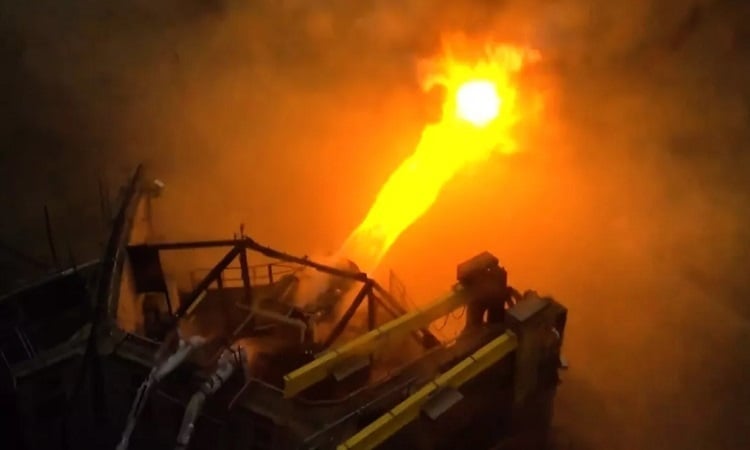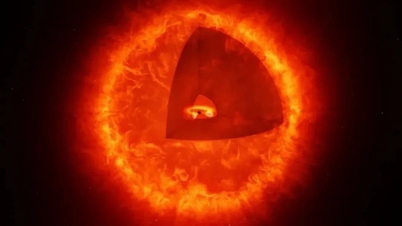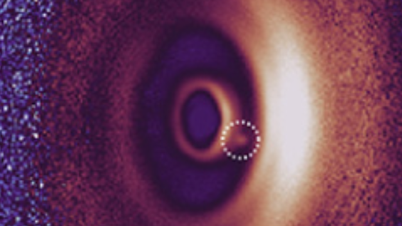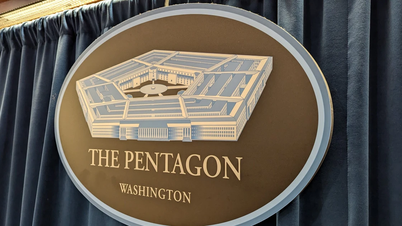US SpaceX is testing technology to help reinforce the launch pad to withstand the enormous power of the Starship rocket's takeoff engine.
SpaceX tests prototype launch pad protection shield. Video : SpaceX
The launch pad, located at SpaceX’s Starbase in South Texas, was severely damaged during the first test flight of the Starship, the most powerful rocket ever built, on April 20. The massive power of the 33 Raptor engines on the first stage of Starship created a large crater under the pad, sending chunks of broken concrete flying through the dust. A day after the test flight, billionaire Elon Musk, founder and CEO of SpaceX, said the company was looking to prevent or minimize such damage through a large, water-cooled steel shield under the launch column.
The effort began three months ago. The shield wasn’t ready in time for the April 20 launch, but SpaceX still conducted the test, thinking that the concrete under the Starship’s feet would survive a single launch. That wasn’t the case. Since then, the company has accelerated the completion of the steel shield. SpaceX recently tested a prototype shield against the power of a Raptor engine. In a 20-second video shared by the company on May 19, when the steam dissipated at the end of the clip, the shield appeared to be intact.
SpaceX is developing Starship to carry astronauts to the Moon and Mars. NASA has also selected the vehicle as the first lander to land humans on the Moon as part of its Artemis program. The April 20 test flight aimed to launch the upper stage of Starship around the Earth and land in the Pacific Ocean near Hawaii. However, the process did not go smoothly. The two stages of the vehicle did not separate as planned. SpaceX sent a command for the prototype to self-destruct in the air above the Gulf of Mexico minutes after liftoff.
SpaceX is building multiple Starship vehicles at Starbase and plans to launch the next version shortly. Musk recently said the next Starship flight could take place within the next two months if the steel fairing system is ready and the Federal Aviation Administration approves the mission.
An Khang (According to Space )
Source link



![[Photo] Hanoi morning of October 1: Prolonged flooding, people wade to work](https://vphoto.vietnam.vn/thumb/1200x675/vietnam/resource/IMAGE/2025/10/1/189be28938e3493fa26b2938efa2059e)



![[Photo] President of the Cuban National Assembly visits President Ho Chi Minh's Mausoleum](https://vphoto.vietnam.vn/thumb/1200x675/vietnam/resource/IMAGE/2025/10/1/39f1142310fc4dae9e3de4fcc9ac2ed0)
![[Photo] Keep your warehouse safe in all situations](https://vphoto.vietnam.vn/thumb/1200x675/vietnam/resource/IMAGE/2025/10/1/3eb4eceafe68497989865e7faa4e4d0e)




















































































Comment (0)